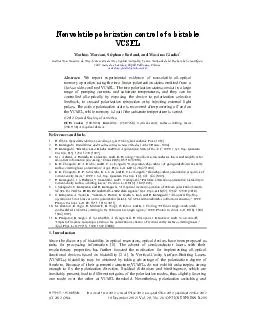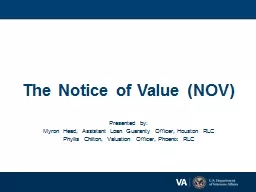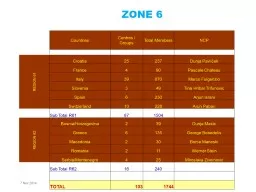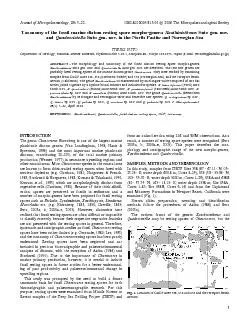PPT-QM222 Nov. 13 Section
Author : faustina-dinatale | Published Date : 2018-03-22
A1 Experiments QM222 Fall 2017 Section A1 1 On presentations Youll get link for signup today 510 minute presentations are graded only for preparing and giving
Presentation Embed Code
Download Presentation
Download Presentation The PPT/PDF document "QM222 Nov. 13 Section" is the property of its rightful owner. Permission is granted to download and print the materials on this website for personal, non-commercial use only, and to display it on your personal computer provided you do not modify the materials and that you retain all copyright notices contained in the materials. By downloading content from our website, you accept the terms of this agreement.
QM222 Nov. 13 Section: Transcript
Download Rules Of Document
"QM222 Nov. 13 Section"The content belongs to its owner. You may download and print it for personal use, without modification, and keep all copyright notices. By downloading, you agree to these terms.
Related Documents














